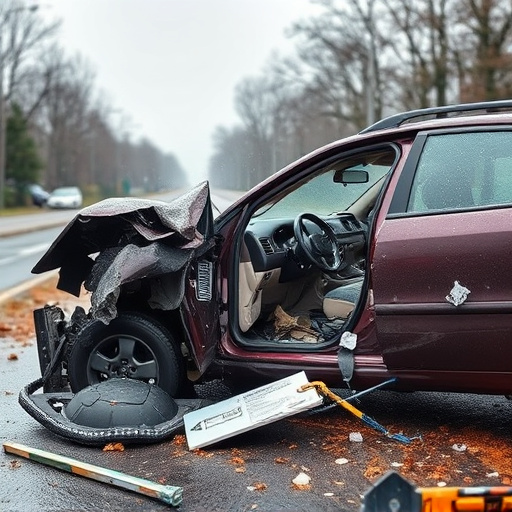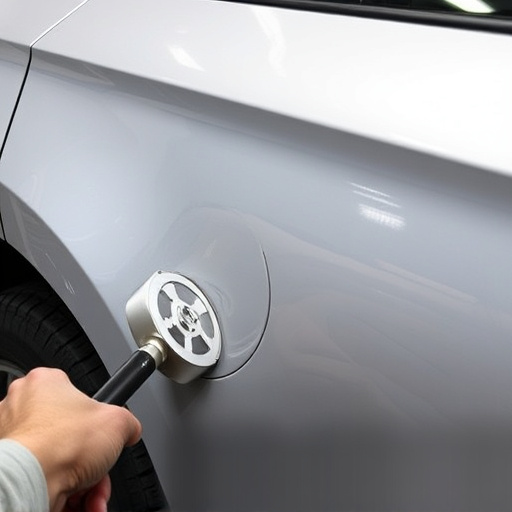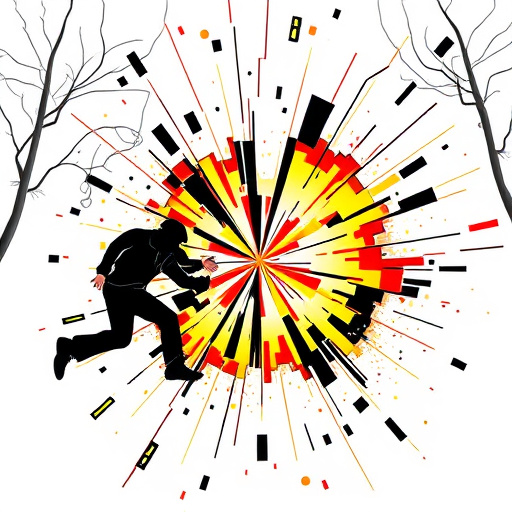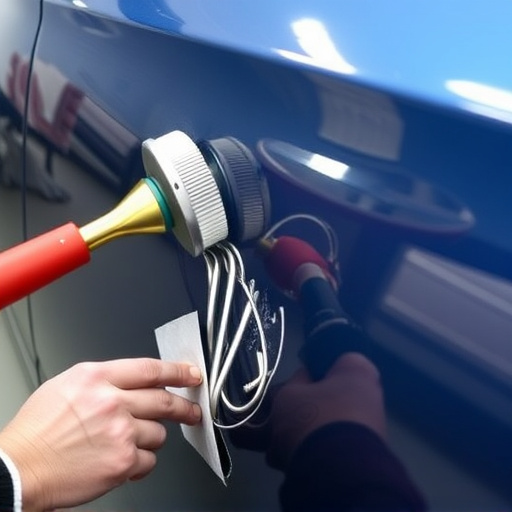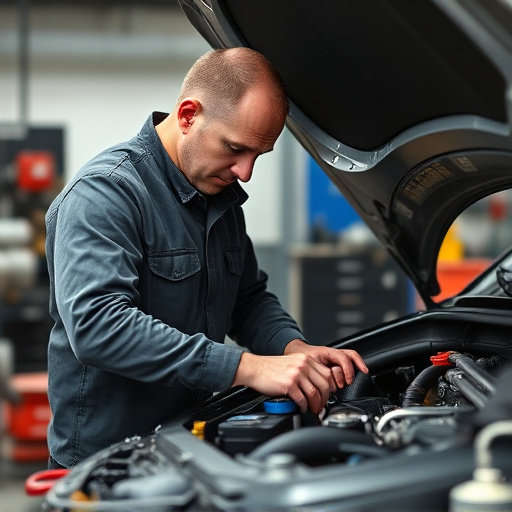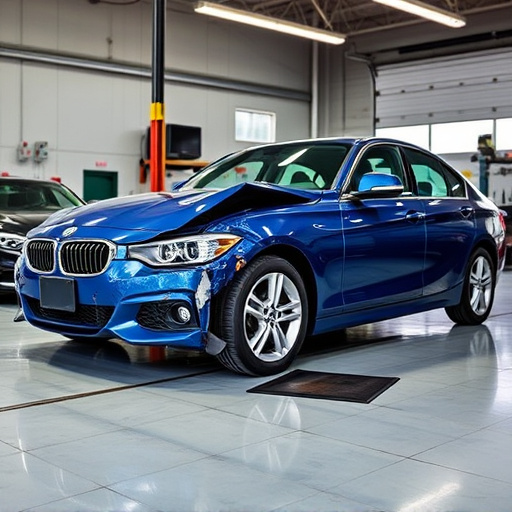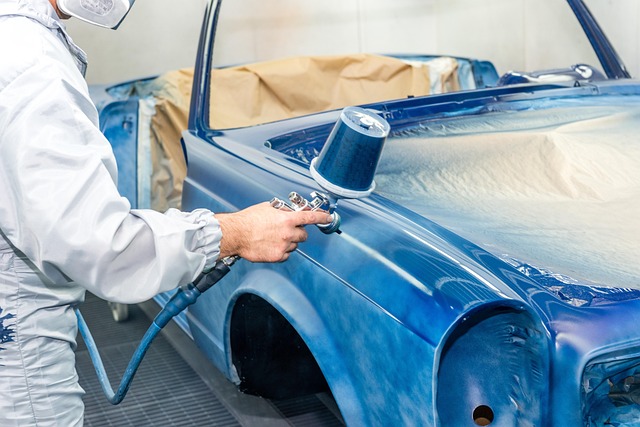Digital diagnostics have revolutionized frame machine repair, offering unprecedented efficiency, accuracy, and time savings. Advanced software and hardware tools empower mechanics to swiftly identify issues, access vehicle history, and predict problems, enhancing precision and customer satisfaction. This trend continues with emerging technologies like CAD, laser scanning, and AI, promising faster, cost-effective, and higher-quality frame machine repair services for both individual and fleet customers.
In the ever-evolving landscape of automotive maintenance, digital diagnostics have emerged as a game-changer for frame machine repair. The industry has witnessed a remarkable metamorphosis from traditional manual methods to advanced digital tools, revolutionizing how technicians approach frame repairs. This article explores the evolution of digital diagnostics in machine repair, delves into the benefits of implementing these tools, and provides insights into best practices while peering into future prospects for automotive framework diagnostics.
- The Evolution of Digital Diagnostics in Machine Repair
- Benefits of Implementing Digital Tools for Frame Machine Repair
- Best Practices and Future Prospects in Digital Diagnostics for Automotive Frameworks
The Evolution of Digital Diagnostics in Machine Repair
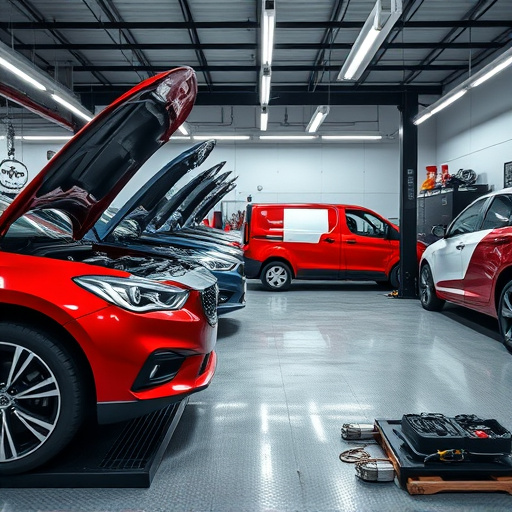
The evolution of digital diagnostics has brought a revolution to the world of machine repair, especially in the specialized field of frame machine repair. In the past, mechanics relied heavily on their expertise and experience to diagnose issues with vehicles, often involving lengthy processes of trial and error. However, with advancements in technology, digital diagnostic tools have become indispensable in modern auto maintenance practices. These tools offer a more efficient, accurate, and time-saving approach to identifying problems within a vehicle’s intricate systems.
Today, many collision centers and car bodywork shops employ advanced diagnostic software and hardware to streamline their operations. By connecting machines to powerful databases and using sophisticated algorithms, technicians can quickly scan for error codes, access detailed vehicle information, and even predict potential issues before they occur. This shift towards digital diagnostics has not only enhanced the precision of frame machine repair but also improved overall customer satisfaction by reducing repair times and minimizing the need for costly, repeated visits.
Benefits of Implementing Digital Tools for Frame Machine Repair

Implementing digital tools into frame machine repair processes offers a multitude of benefits for both repair shops and vehicle owners. One of the key advantages is increased efficiency; digital diagnostics enable technicians to identify issues more swiftly, leading to reduced repair times. This not only benefits individual customers but also plays a significant role in fleet repair services, where minimizing downtime is crucial. With advanced diagnostic software, mechanics can access a wealth of information, including vehicle history and specific problem codes, allowing for more accurate and effective repairs on the first attempt.
Furthermore, digital technology facilitates remote assistance, breaking down geographical barriers. This feature proves invaluable for specialized frame machine repair services, as technicians can provide guidance and support to those in remote areas, ensuring consistent quality across all regions. Additionally, digital tools often include user-friendly interfaces, making it easier for staff to input data, access tutorials, and share information, thereby enhancing overall productivity and reducing the learning curve for new team members. Even tasks such as auto glass replacement can benefit from integrated systems that streamline ordering processes and provide real-time tracking, ensuring a seamless experience for all involved.
Best Practices and Future Prospects in Digital Diagnostics for Automotive Frameworks
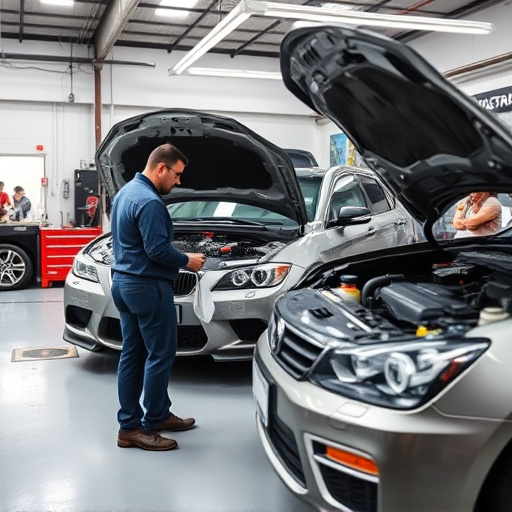
The future of frame machine repair lies in embracing digital diagnostics to their fullest potential. By integrating advanced technologies like computer-aided design (CAD), laser scanning, and AI-powered analysis, technicians can achieve unprecedented accuracy and efficiency. These tools enable detailed 3D mapping of vehicle frames, allowing for precise measurement and comparison before and after repairs. This not only ensures structural integrity but also streamlines the entire process, reducing labor costs and turnaround times.
Looking ahead, digital diagnostics in car bodywork services are poised to revolutionize not just frame machine repair but the industry as a whole. Body shop services can benefit from real-time data analysis, predictive maintenance models, and remote expert consultations, fostering a more proactive and collaborative approach. This shift promises improved quality control, enhanced customer satisfaction, and a future where vehicle repair becomes more precise, faster, and cost-effective.
Digital diagnostics have fundamentally transformed the landscape of frame machine repair, offering unprecedented precision and efficiency. By leveraging advanced tools, technicians can now navigate complex repairs with enhanced visibility, quicker troubleshooting, and data-driven insights. This not only improves the quality of repairs but also reduces downtime for vehicles. As technology continues to evolve, adopting best practices and staying abreast of future prospects in digital diagnostics will be key to maintaining a competitive edge in the automotive industry, ensuring optimal frame machine repair services.

